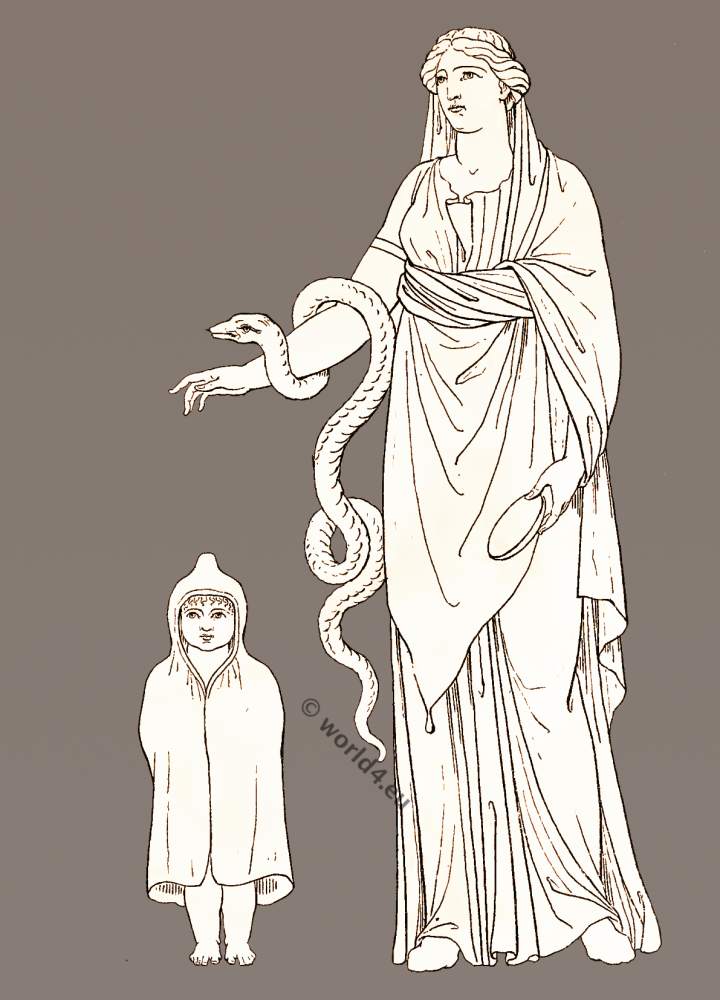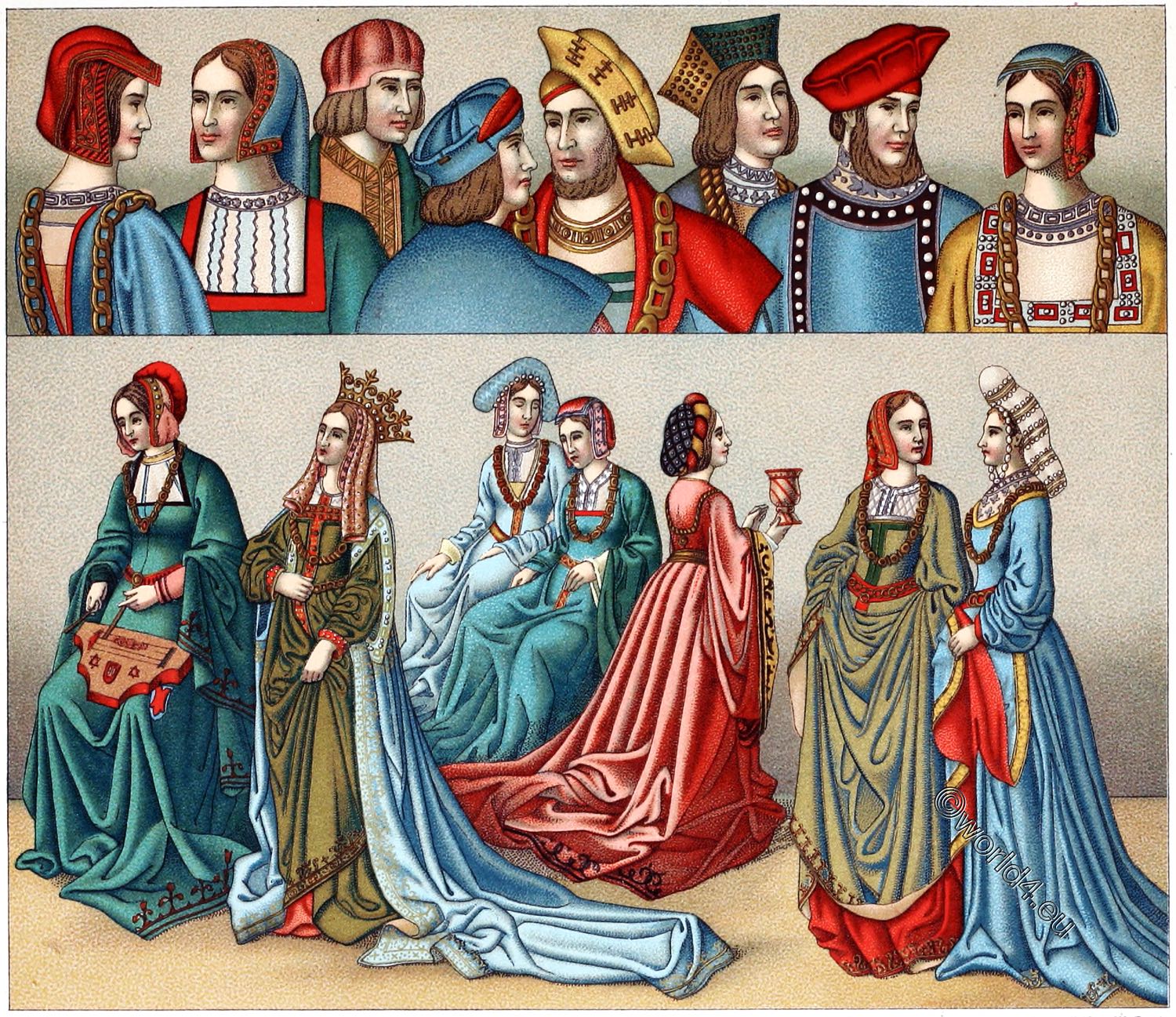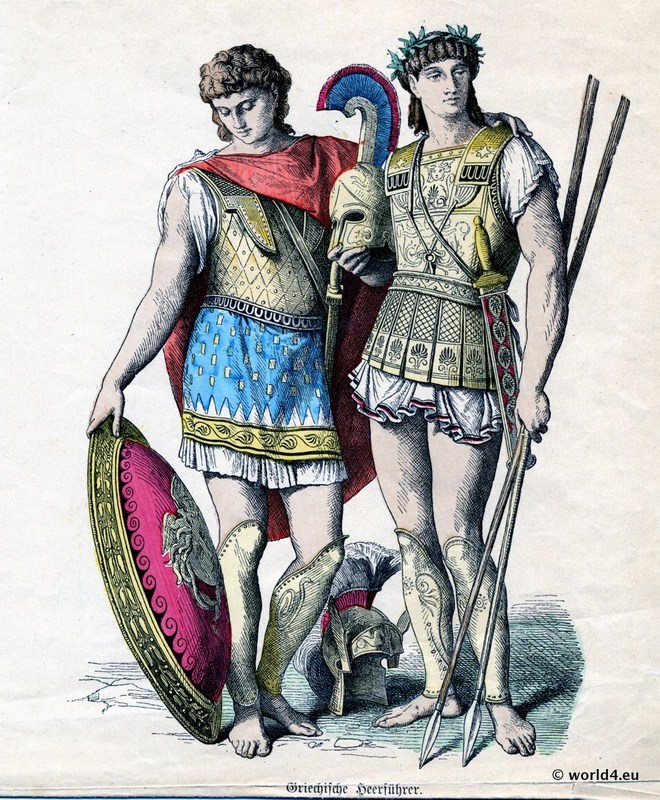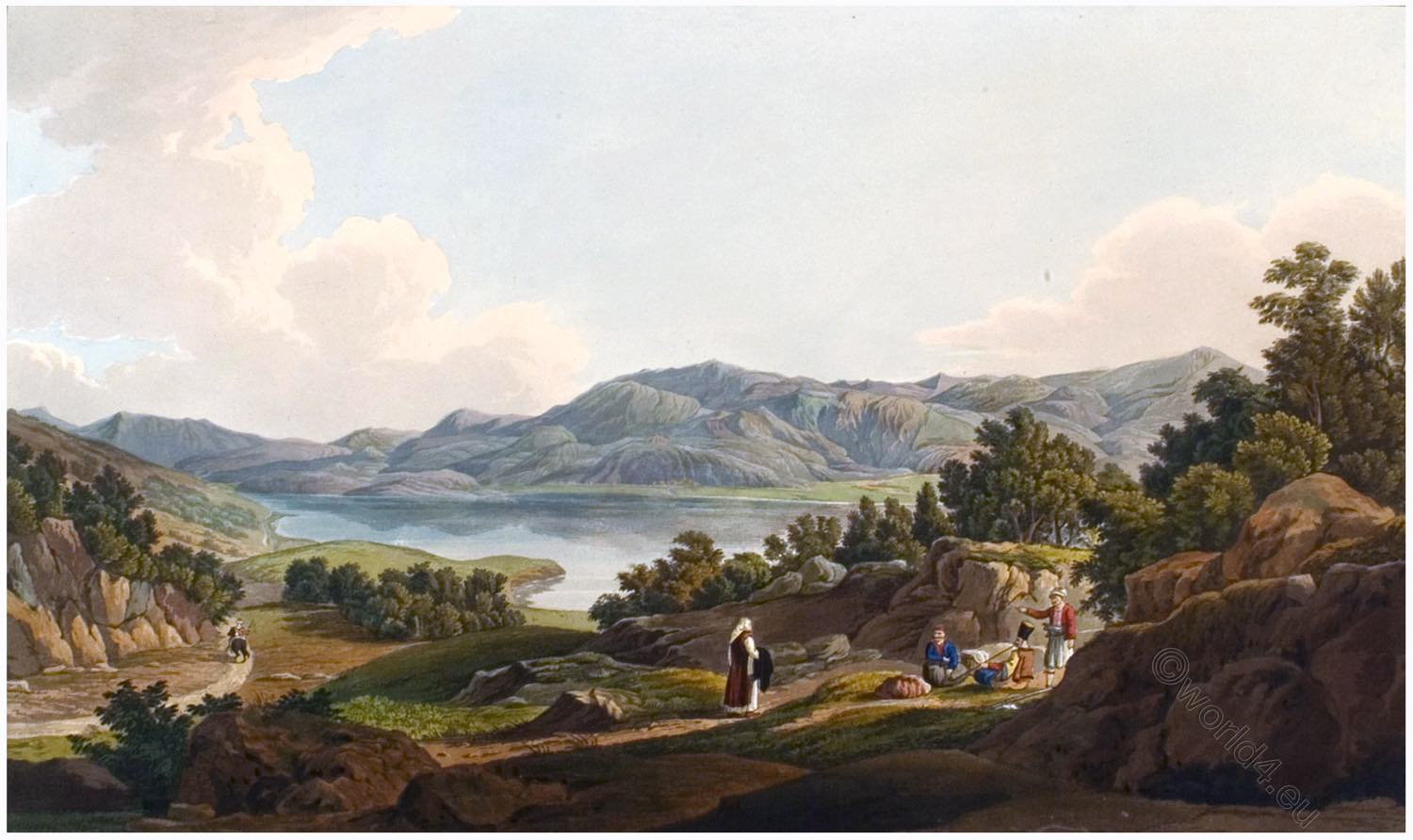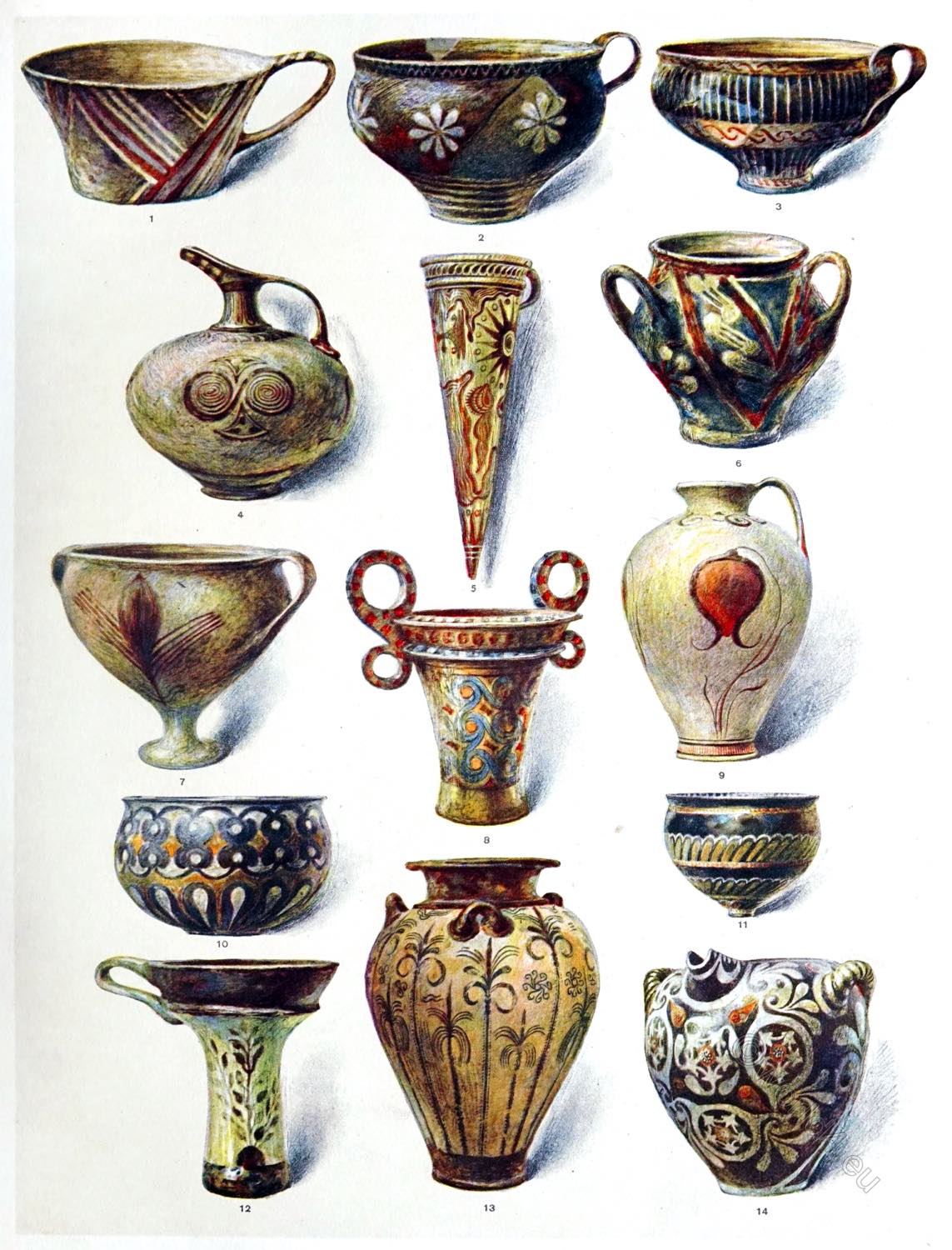
Earthenware. Crete and Greece. Middle and Late Minoan circa 2000—1200 B.C.
PLATE II
The Originals of Nos. 1—3, 5, 6, 8, 10—12, 14 are in the Museum at Candia (Heraklion, Crete) Nos. 4, 7, 9, 13 in the National Museum at Athens.
1 and 6. Earthenware vessels from Mochlos (near Crete). After R. Seager 1), “Explorations in the Island of Mochlos” (Boston-New York 1912), Plates VIII 13 and 16, Middle Minoan Period I (2000-1800 B.C.)
2 and 3. Earthenware vessels from Cnossus (Crete). After E. Evans 2), “The Palace of Minos”, London, 1921, Vol. I.), Plate 2c and b. Middle Minoan IIa (1800—1750 B. C.)
4 and 7. Earthenware vessels from Korakou (Greece). After C. Blegen 3), “Korakou” (Boston-New York, 1921), Plates V and VII, 2. Late Helladic Period (1550—1400 B. C.)
- Earthenware vessel from Palaikastro (Crete). From photographs by H. Bossert 4), “Altkreta” (Berlin 1923), Fig.166. Late Minoan (ca. 1600 B.C.)
- Earthenware vessel from Cnossus (Crete). After A. Evans, “The Tomb of Double Axes” (London 1914), Plate IV. Late Minoan I (ca. 1600 B. C).
- Earthenware vessel (restored) from Phylakopi (Melos). After Bossert’s illustrations, op. cit. Ill. 260. Late Minoan (about 1600 B. C.)
10 and 11. Earthenware vessels from Cnossus (Crete). Illustrations after Bossert op. cit. III. 149 and 148. Middle Minoan IIa (1800—1750 B. C.)
- Earthenware vessel from Cnossus (Crete). Illustration after Bossert op. cit. Ill. 162. Middle Minoan III (1700—1600 B. C.)
- Earthenware vessel from Pylos (Greece). Illustration after “Athenische Mitteilungen” 1909, Plate XXII(2), Late Minoan I (about 1600 B.C.)
- Earthenware vessel from Cnossus (Crete). Illustration after Bossert op. cit., Ill. 156. Middle Minoan (1800—1700 B. C.)
1) Richard Berry Seager (1882-1925). US archaeologist, brother of Henry Rogers Seager
2) Sir Arthur John Evans (born 8 July 1851 in Nash Mills, Hertfordshire; died 11 July 1941 in Youlbury, Oxfordshire) was a British archaeologist. Evans is considered the discoverer of the Minoan culture. He became best known for his excavation and exploration of the Minoan palace of Knossos in Crete at the beginning of the 20th century.
3) Carl William Blegen (born 27 January 1887 in Minneapolis, Minnesota; died 24 August 1971 in Athens, Greece) was a US classical archaeologist.
4) Helmuth Philipp Theodor Bossert (born 11 September 1889 in Landau in der Pfalz; died 5 February 1961 in Istanbul) was a German art historian and Near Eastern archaeologist.
Source: Ornament in applied art, 122 color plates reproducing over 2000 decorative motives from the arts of Asia, primitive Europe, North, Central, and South America, Africa, Oceania, and from the peasant arts of Europe; by Helmuth Theodor Bossert (1889-1961). New York, E. Weyhe, 1924.
Related
Discover more from World4 Costume Culture History
Subscribe to get the latest posts sent to your email.


